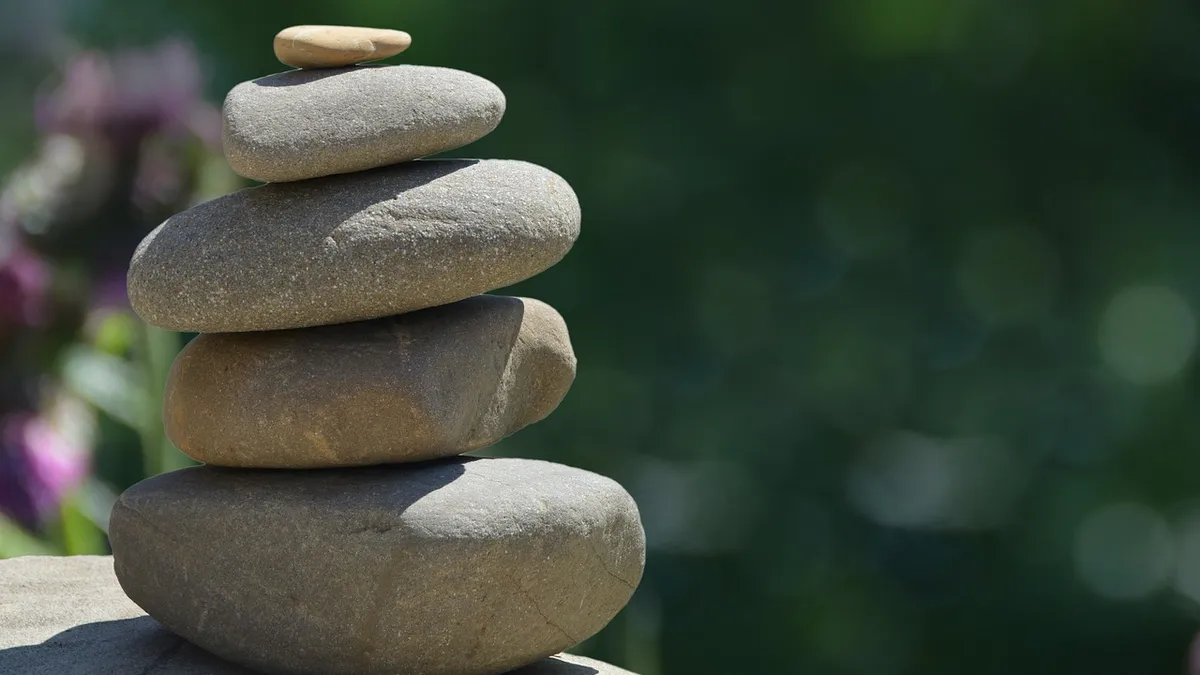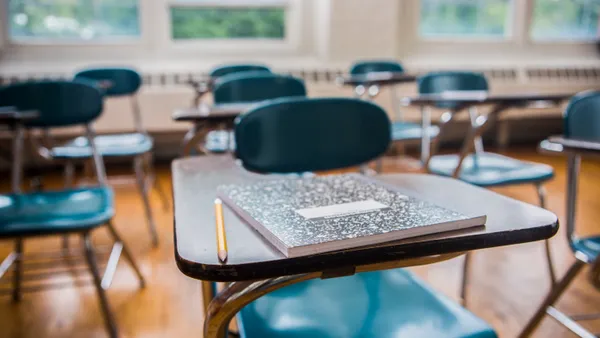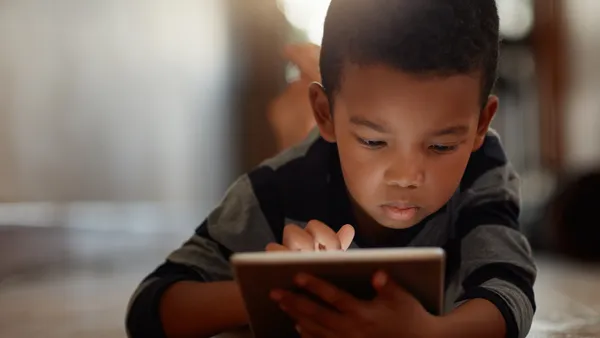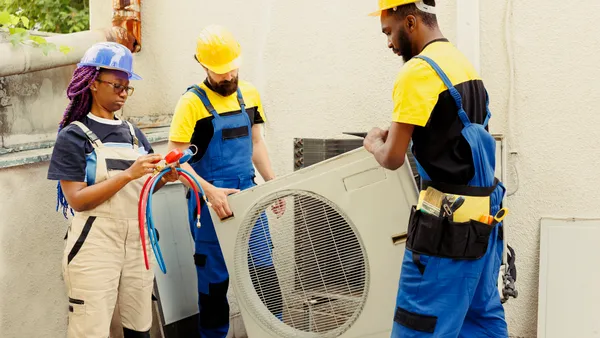Dive Brief:
- Using reflection with students as a regular practice allows them to examine their progress and discover what they can learn from their work, Shanghai American School Instructional Coach Andrew Miller writes for Edutopia.
- Miller suggests students set short-term goals, rather than longer semester or year-end goals, with reflection as an ongoing practice rather than a one-off event done at the close of a project.
- To help get students open up to the process, Miller advises educators not use the word “reflection,” instead being more casual about the practice and even asking a class to just respond to a writing prompt during class.
Dive Insight:
Schools are looking for ways to bring mindful practices like reflection into curriculum. These tools can help students identify and regulate their own emotions, reduce anxiety around things like testing — for both students and teachers — while also improving focus. Additionally, they can aid in the development of social-emotional learning (SEL) skills, including empathy and compassion.
Meditation, for example, can help students boost their energy while bringing their attention back to their work. And K-12 isn't alone in exploring the practice, as guided meditation is offered at the University of California, Los Angeles, through 30-minute sessions aimed at students, with audio files found online.
Using mindfulness tools, teachers can also learn to build resiliency to the stress and pressure they’re experiencing through their own work — an outcome administrators may want to note when looking for ways to assist staff.






 Dive Awards
Dive Awards







